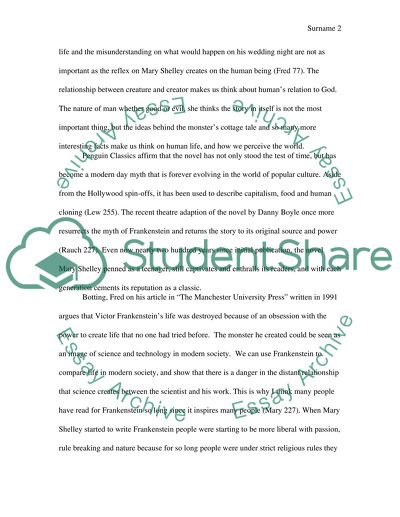Cite this document
(“Frankenstein by Mary Shelley Research Paper Example | Topics and Well Written Essays - 1250 words - 1”, n.d.)
Retrieved from https://studentshare.org/literature/1476384-frankenstein-by-mary-shelley
Retrieved from https://studentshare.org/literature/1476384-frankenstein-by-mary-shelley
(Frankenstein by Mary Shelley Research Paper Example | Topics and Well Written Essays - 1250 Words - 1)
https://studentshare.org/literature/1476384-frankenstein-by-mary-shelley.
https://studentshare.org/literature/1476384-frankenstein-by-mary-shelley.
“Frankenstein by Mary Shelley Research Paper Example | Topics and Well Written Essays - 1250 Words - 1”, n.d. https://studentshare.org/literature/1476384-frankenstein-by-mary-shelley.


